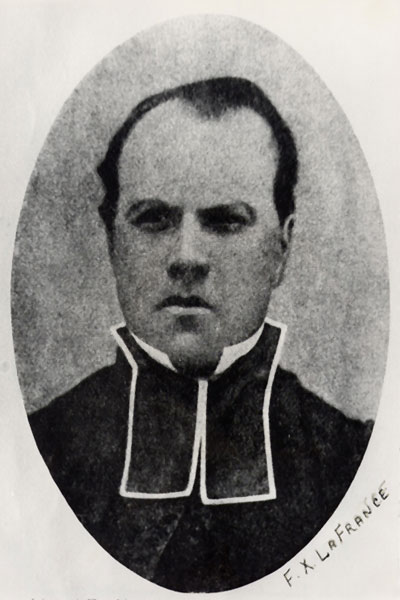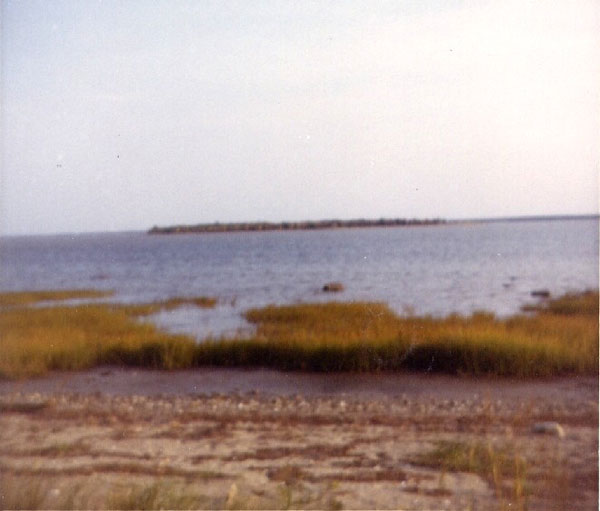 The nomination of Father François-Xavier Lafrance as first parish priest of Tracadie in 1842 was the starting point of efforts to prevent the spread of this strange disease that struck especially the parish of Tracadie. He knew how to recognize, as much as by his medical knowledge as by his own observations, the first symptoms as being very serious. In March 1844, seven persons had died of leprosy.
The nomination of Father François-Xavier Lafrance as first parish priest of Tracadie in 1842 was the starting point of efforts to prevent the spread of this strange disease that struck especially the parish of Tracadie. He knew how to recognize, as much as by his medical knowledge as by his own observations, the first symptoms as being very serious. In March 1844, seven persons had died of leprosy.
Father Lafrance started a campaign to get medical help in order to curb the disease. He asked for help from doctors in Gloucester and Northumberland counties. Thanks to Father Lafrance’s efforts, the government in Fredericton formed a medical commission. The commission was mandated to conduct an inquest on the disease in the surrounding regions and to present its recommendations.
The health bureau had received the mandate to choose an appropriate location for an eventual lazaret. They chose Sheldrake Island that the Acadians then called l’Île-aux-Becs-Scies, located in the Miramichi, about twelve kilometers ( eight miles) east of Chatham, now Miramichi. The island had been designated as a quarantine station in the past for European immigrants and the buildings were still available. It belonged to Northumberland County with an area of twenty two acres.
l’Île-aux-Becs-Scies, located in the Miramichi, about twelve kilometers ( eight miles) east of Chatham, now Miramichi. The island had been designated as a quarantine station in the past for European immigrants and the buildings were still available. It belonged to Northumberland County with an area of twenty two acres.
In July 1844, 37 lepers were transferred to these installations in ruin, with little repairs don e. They were promised medical care and treatment; they were assured that they would be healed, but few of these promises were respected. There were no personnel to prepare the meals, clean the lazaret and treat the wounds. In a very short time, the whole house became disgustingly filthy and a feeling of revolt and insubordination took hold of the sick. Lepers were left to fend for themselves and many tried to escape.
e. They were promised medical care and treatment; they were assured that they would be healed, but few of these promises were respected. There were no personnel to prepare the meals, clean the lazaret and treat the wounds. In a very short time, the whole house became disgustingly filthy and a feeling of revolt and insubordination took hold of the sick. Lepers were left to fend for themselves and many tried to escape.
Finally, the choice of Sheldrake Island proved to be a failure and Father Lafrance had the lazaret moved to Tracadie in 1849.

